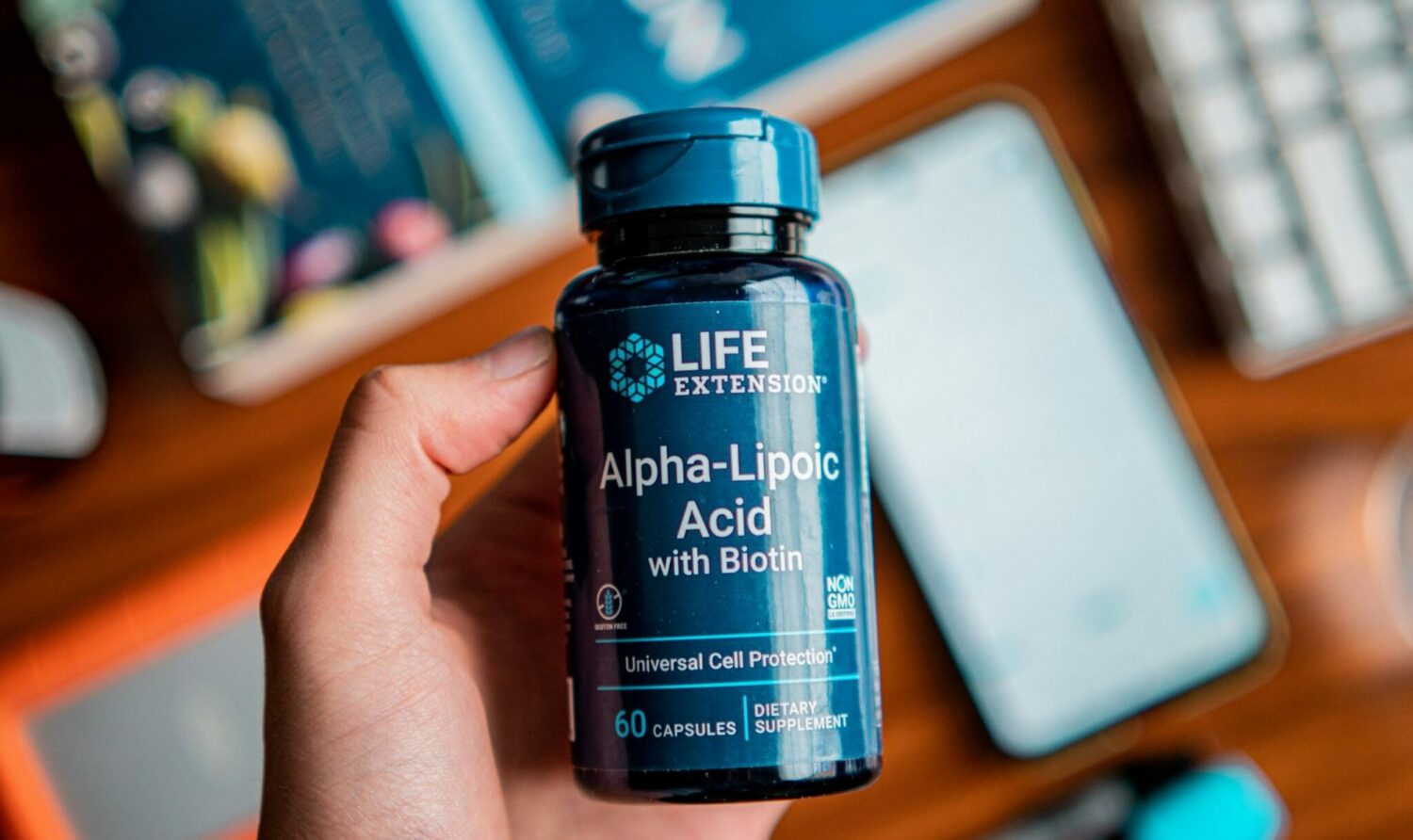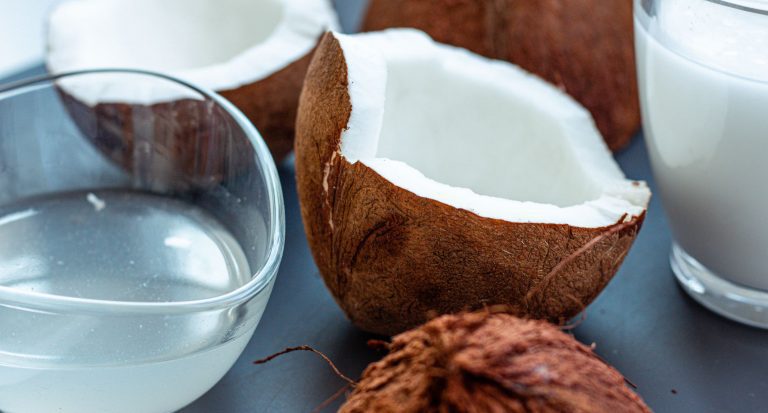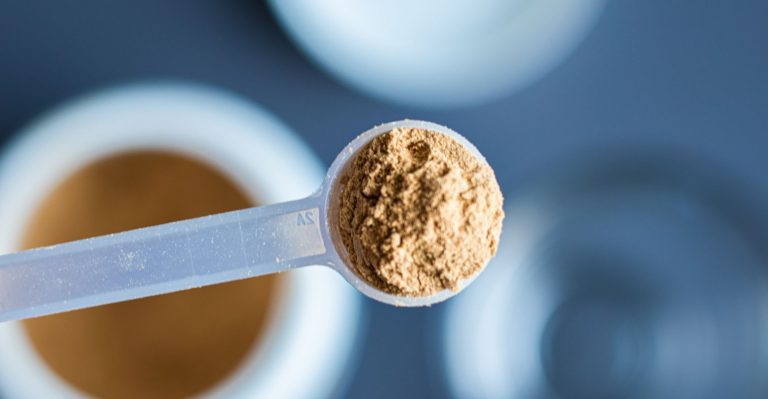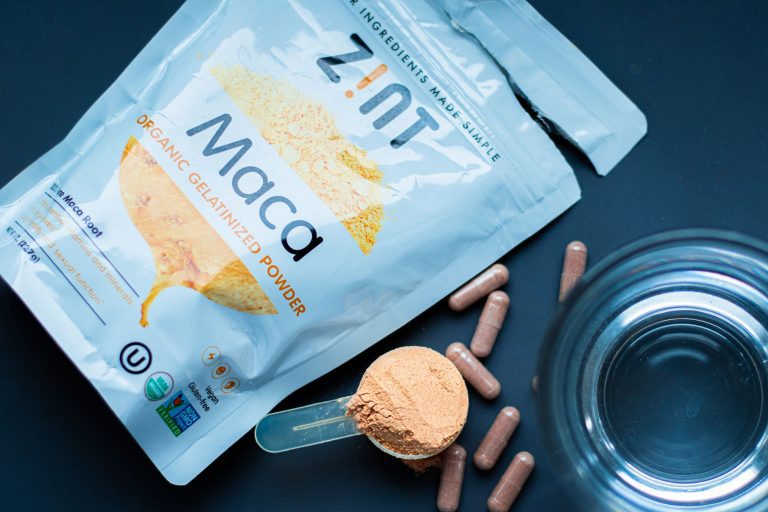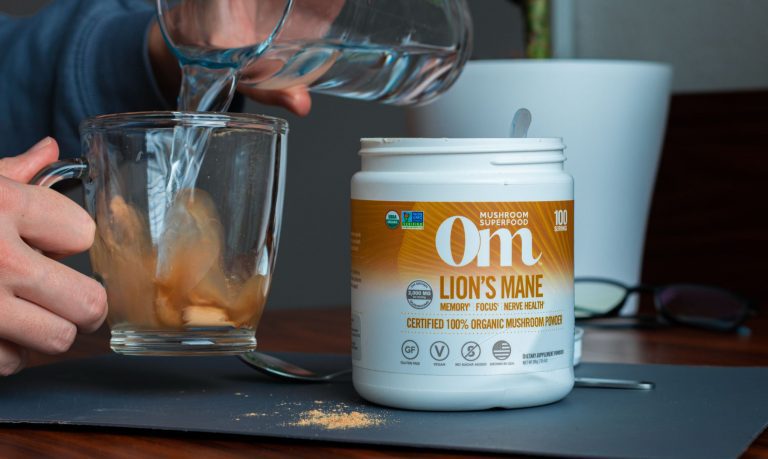8 Benefits of Alpha-Lipoic Acid (ALA): Cognition, Mitochondria, & Antioxidant
Alpha-lipoic acid is a fatty acid, an organic compound our bodies can synthesize. It is present in foods and can be taken as a dietary supplement. The main question is, what are the benefits of alpha-lipoic acid? We’ll clear that out and reflect on the research, which is quite controversial.
ALA has been shown to play a role in managing diabetes, as it aids in the aerobic metabolism of glucose, helping us to convert it to energy. It can also protect our brain and support nervous system function. ALA is known as a powerful antioxidant, which protects us from oxidative stress and lowers inflammation.
8 Benefits of Alpha-Lipoic Acid
Alpha-lipoic acid has multiple functions in the body which may assist in fighting oxidative stress, neuroprotection, energy production, longevity, cognition support, and cardiovascular health.
It has a complex role as its multiple effects depend on many other factors. Keep in mind that many studies are based on specific animal models, in vivo or in vitro. Although the compound itself may provide some benefits in a specific situation (synthetic, combined, in isolation) the effective dosage and uses in humans aren’t so clear for each potential benefit.
1. Powerful Antioxidant, Fights Inflammation
Antioxidants work to protect us from oxidative stress, which is a result of outside damage or internal physiological processes. They work by donating electrons to neutralize free radicals (ROS) and reduce oxidative stress.
Alpha Lipoic Acid is known for its potent antioxidant effects. In mice that received ALA, levels of another potent antioxidant glutathione were also increased, that’s a double weapon against oxidative stress. (1) Also in rats, ALA at doses of 50, 100, and 200 mg/kg showed positive anti-inflammatory effects. (2)
ALA is more than your regular antioxidant, because of its network effect. Yes, ALA likes to mingle. It affects (increases) the potency of other antioxidants in the body like vitamins E, D, and glutathione making the total antioxidant capacity effect stronger.
- Lipid peroxidation, known as the degenerative oxidation of fats is reduced by alpha-lipoic acid, at doses lower than 800 mg daily. (3)
- LA and its reduced form dihydrolipoic acid (DHLA) were effective in reducing oxidative stress, plus provided additional cell protection. (4)
- At 600 mg daily, ALA reduced inflammation markers in people with type 2 diabetes. It suggested that higher doses at 1200 – 1800 mg might be more effective at combating oxidative stress and inflammation.(5)
summary
Lipoic acid has potent antioxidant effects, which partially rely on ALA’s ability to recycle other antioxidants like Glutathione, vitamins E and C. At doses of 600 and 800 mg, ALA has shown potent anti-inflammatory effects.
2. Diabetes Management, Glycemic Control, and Insulin Sensitivity
One of the main functions of ALA is to help use glucose for energy production, in aerobic metabolism. This means lower glucose levels, more energy, and potentially improved aerobic performance. Sounds like a good deal to me, nah?
The way ALA supports glucose metabolism may help people with diabetes to control blood sugar levels. (6)
Alpha-lipoic acid can improve many factors related to diabetes progression. It may improve blood sugar control, and reduce triglycerides, LDL, and total cholesterol. (7)
A meta-analysis that included 41 articles on this topic showed that ALA may: (8)
- improve glycemic control (blood sugar control)
- had a significant effect on fasting blood sugar levels
- reduced hemoglobin A1c (important in diabetes)
- Reduced inflammation factors like CRP, IL-6, and TNF- α
Considering all these effects, it might be a viable tool to assist in the prevention of diabetes and improve glucose metabolism. ALA has also shown potent effects on reducing LDL and TGL and reducing some inflammatory factors which show a state of high metabolic stress.
summary
ALA plays a role in glucose utilization, to assist energy production in aerobic metabolism. This can help reduce glucose spikes and boost energy. ALA may also reduce TGL, LDL, and HbA1C, and help manage diabetes.
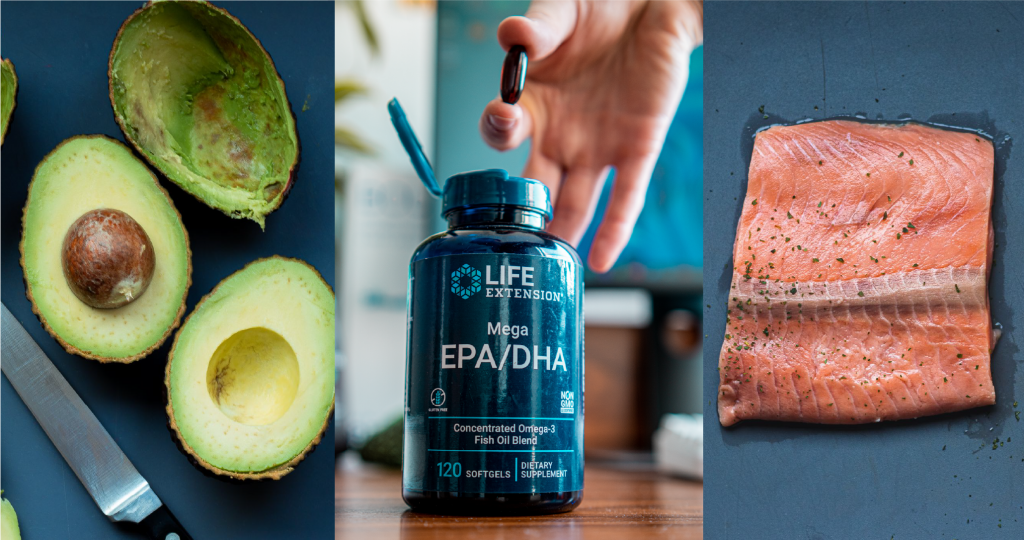
3. Increases Glutathione, Antioxidant Network
Glutathione is one of the most powerful antioxidants our body makes. It plays a major role in mediating inflammation and neutralizing free radicals. It’s made up of glutamate, glycine, and cysteine.
ALA can help increase the level of other antioxidants, having a wider antioxidant network effect.
- In hepatoma and HeLa cell cultures ALA increased both intracellular and extracellular concentrations of glutathione, and thiols like ALA have been shown to affect glutathione metabolism. (9)
- In rats that exercised on a treadmill, supplementing with 150mg/kg of ALA increased total glutathione levels in blood and liver which assisted in protection against oxidative damage. (10)
Lipoic acid and glutathione are lower in tobacco users, which signifies an oxidative stress increase in smokers. This shows how smoking is potentially causing oxidative and cellular damage. The point is while quitting smoking is the best idea, supplementing with lipoic acid and vitamin D which are potent antioxidants may exert protective effects. (11)
Protection from oxidative stress can significantly impact longevity and health, and it seems that ALA with its wide networking effect can spike up the body’s oxidative defense mechanisms.
summary
ALA increases the production of other antioxidants like Glutathione, which increases the total antioxidant effect. It helps reduce inflammation and oxidative stress which can positively affect health and longevity.
4. May Improve Neuropathy
Neuropathy is a complex condition characterized by pain, numbness, or loss of sensation in peripheral parts of the body. Diabetes and metabolic diseases can detrimentally aid health and the progression of neuropathy.
Alpha-lipoic acid may have the potential to reduce neuropathy symptoms, partially by supporting neural function, supporting myelin, and by improving glycemic control or diabetes.
Most neuropathy-related problems are tied to hyperglycemia, high oxidative stress, metabolic disorders, and degeneration. As a potent antioxidant, ALA may ameliorate some of these changes, as it supports mitochondrial functions.
- In another Meta-analysis, alpha-lipoic acid given intravenously at 600 mg daily showed significant neuropathic pain reduction in people with diabetes. (14)
- At 400-800 mg it reduced the score for pain sensations in the NRS questionnaire in people with idiopathic and neuropathic pain. (12)
- ALA in rats showed potential for myelin support, reducing myelin sheath loss in sciatic nerves. (13)
Supplementation of ALA in patients with diabetic polyneuropathy led to a reduction of total score in symptoms like stabbing pain, burning pain, paresthesia, and feet numbness. Administrated for 5 weeks at doses of 600 mg, 1200mg, and 1800mg, ALA ware effective, but the lowest dose (600mg) carried the most optimal effect and lowest risk. (15)
summary
ALA may reduce neuropathy symptoms, due to its multiple effects on oxidation, glucose control, and inflammation. It has been shown to reduce neuropathic pain in people, and preserve myelin loss in rats.

5. Protects the Brain, Boosts Cognition
ALA is one of the most potent antioxidants for the brain. It can cross the blood-brain barrier; it helps utilize glucose for energy and support neural function. Due to its potent memory-supporting role. it definitely makes it on the list of natural nootropics.
In many cases of neurodegeneration as with Alzheimer’s disease, the central problem is glucose metabolism in the brain. Another factor is hyperinsulinemia and poor blood sugar control.
- ALA, at 600 mg daily showed 43% improvement in scores for cognitive function on the MMSE test in people with Alzheimer’s and diabetes, and 23% improvement in those with AD only. (16)
- In Wistar rats, ALA administration at doses of 50, 100, or 200 mg/kg daily improved cognitive impairment and ameliorated certain insulin-related proteins and enzymes which had a positive impact on synaptic plasticity. (17)
The mechanism behind its memory-preservation lies in its potent anti-inflammatory and anti-apoptotic activity (shown in vitro and in vivo) which may reduce age-associated cognitive decline.
It can also reduce lipid peroxidation, recycle certain antioxidants like vitamins E, C and increase levels of glutathione (potent antioxidant). ALA may help protect the brain due to its chelating activity, which helps protect from heavy metals (like iron) (18)
summary
ALA may improve cognitive function and memory. It was shown to reduce age-related cognitive decline, due to improving glucose metabolism in the brain and reducing inflammation.
6. Heavy Metals Protection
Heavy metal toxicity has many detrimental effects on health. It can cause nausea, diarrhea, vomiting, and abdominal pain. But aside from these symptoms, metal toxicity can cause brain fog, fatigue, and damage to internal organs.
Metal detox is quite a challenging affair, especially for men. Women detox metals through menstruation, but in men, it can accumulate with time. One way to detox is to donate blood.
It seems that ALA has some metal chelating activities. It binds to metals and helps with their removal.
Research in specific animal models or cell cultures has shown the potential of ALA to
- reduce oxidative stress and cytotoxicity from cadmium in HepG2 cells, by regeneration of Glutathione (19)
- reduce oxidative stress caused by zinc oxide nanoparticles and blood metal content, and moderate chelating property in Rats (20)
- reverse toxic effect of arsenic and mercury, heavy metal intoxication in dogs and mice (21)
- decrease heavy metal (As, Cd, Pb) induced cell death, increased glutathione levels in Caco-2 and PC12 cells (22)
summary
In different cell cultures and animal models, ALA has shown the potential to help with heavy metals intoxication. Its metal-chelating activities may reduce the toxic effects of metals and aid in brain health and energy.
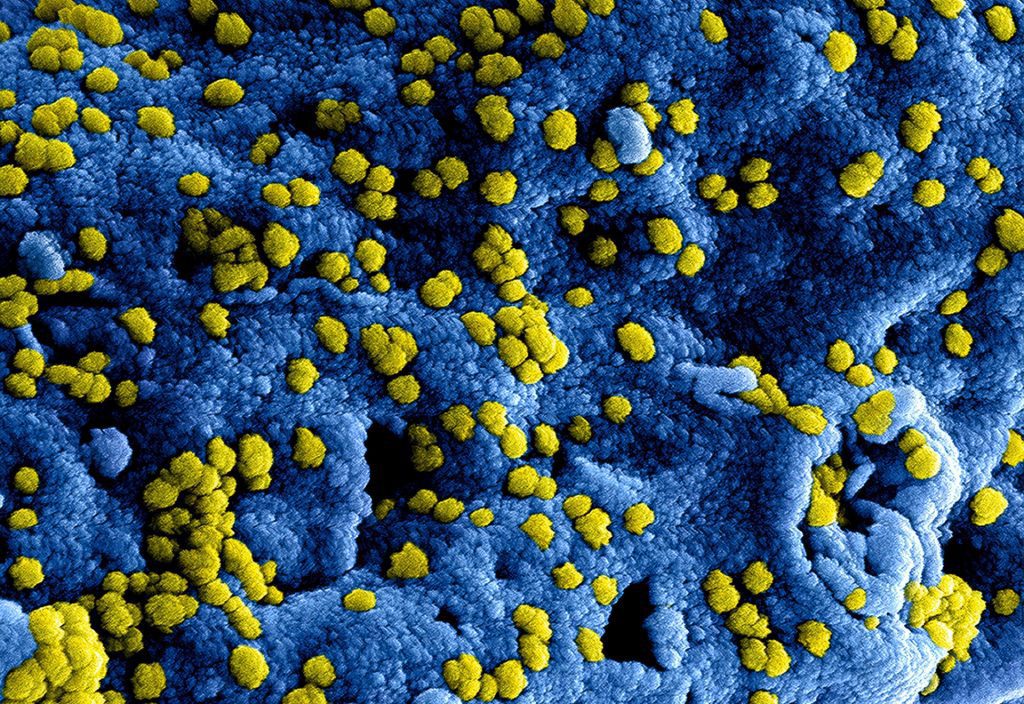
7. Optimize Mitochondria Function
Mitochondria are power cells that help us produce energy with the use of oxygen. They are heavily involved in aerobic metabolism and help us fight oxidative stress. The function of mitochondria can heavily affect our longevity and health.
Alpha-lipoic acid helps with glucose utilization and aerobic metabolism, crucial for the production of energy. Also, it’s an important co-factor for the generation of mitochondria or mitochondrial biogenesis. (23)
By improving mitochondria function and reducing oxidative stress ALA may help reduce the progression of many neurodegenerative diseases and slow down aging.
- A combination of 3 potent antioxidants like ALA, CoQ10, and vitamin E has been shown to improve performance in untrained female mice, elevate respiratory capacity and reduce oxidative damage. (24) That’s the power of mitochondria.
- ALA may improve mitochondrial function and structure, plus have a wider antioxidant network effect. This being said, lipoic acid may be a potential tool to aid in reducing mitochondrial dysfunction. (25)
ALA can also be considered a mitochondria-booster, as it has been shown to improve its function. The main effect of antioxidants is neutralizing free radicals to reduce oxidative damage.
summary
Lipoic acid can help with energy production by supporting aerobic metabolism and mitochondrial biogenesis. This improves the antioxidant function of mitochondria, helping to slow down aging.
8. Supports Cardiovascular Health
Insulin resistance and poor glucose control increase oxidative stress. With it comes inflammation. If we add lipid peroxidation on top, you have a recipe for cardiovascular disaster.
- Alpha-lipoic acid can help reduce LDL oxidation when combined with exercise. While ALA alone didn’t help, in combination with exercise it increased antioxidant capacity and reduced body fat. (26)
- Since LDL oxidation heavily adds to the risk of cardiovascular diseases, antioxidants that help reduce oxidative stress can help. Such antioxidants are ALA, which also helps recycle glutathione, vitamins C and E (also potent antioxidants). (27)
- Additionally, the reduction of lipid peroxidation and inflammation provided by ALA, and improving lipid profile can lead to a lower risk of developing atherosclerosis too. (30)
Such effect may prevent plaque buildup, and atherosclerosis, reduce LDL oxidation, and hypertension which aids in the prevention of heart health issues.
The main mechanism behind ALA’s potential effect on cardiovascular health is the high antioxidant defense it provides. It helps scavenge free radicals and reduce oxidative damage. (28)
ALA at 600 mg daily can also affect lipid profile in favor of better heart health. A meta-analysis that included 452 adults showed that supplementing with ALA led to a reduction in triglycerides and LDL, without affecting HDL. Significant (better) effects were seen in people with a higher body mass index of >30 kg/m2. (29)
summary
By improving lipid profile, reducing LDL and triglyceride levels, fighting inflammation, and reducing lipid peroxidation ALA may help support cardiovascular health.
Conclusion
- Alpha Lipoic Acid is an organic compound, fatty acid our body can synthesize.
- It plays role in aerobic metabolism, and glucose utilization, and it’s a potent antioxidant.
- ALA can recycle and increase other antioxidants in the body which aids in increasing the total antioxidant effect.
- ALA may help with diabetes management, as it plays role in glucose metabolism (utilization) and glycemic control.
- ALA may reduce neuropathy symptoms, support brain health and cognitive function, aid in memory, and slow down cognitive decline.
- It supports heart health by improving lipid profile, reducing TGL and LDL, and reducing lipid peroxidation.
- Most of ALA’s benefits rely on its ability to fight oxidative stress, scavenge free radicals and reduce inflammation.

